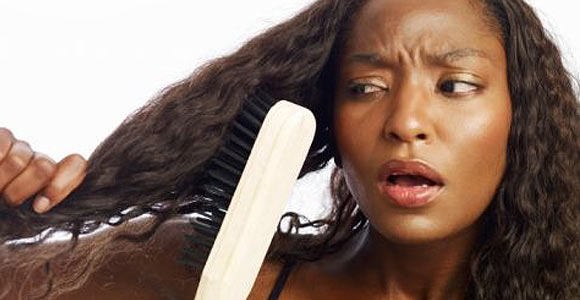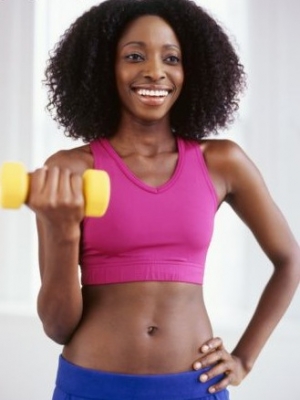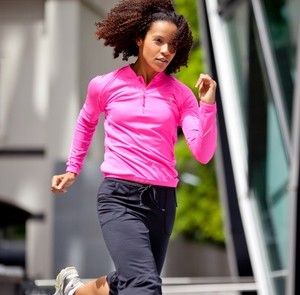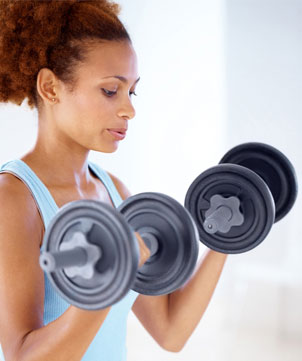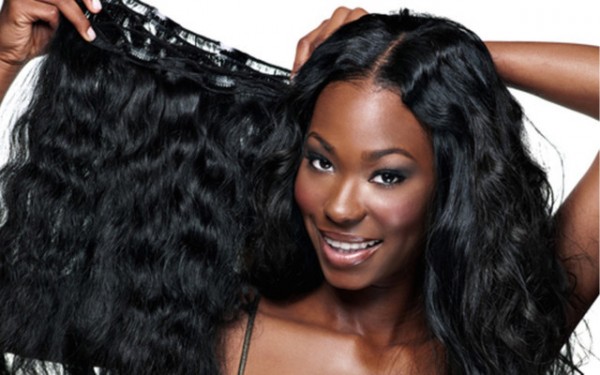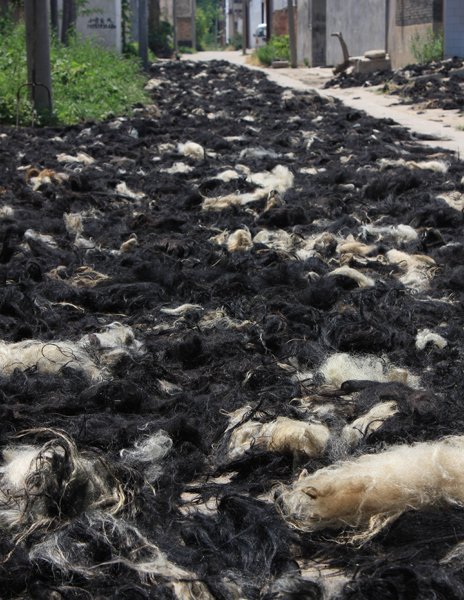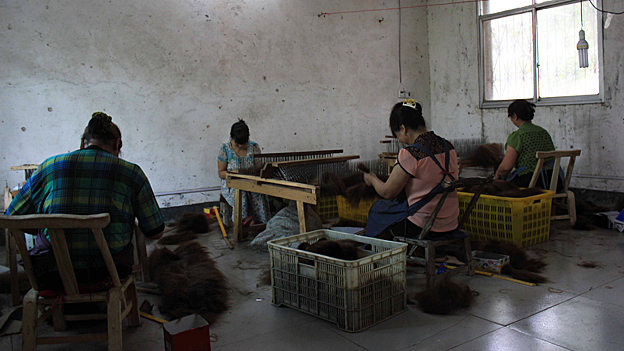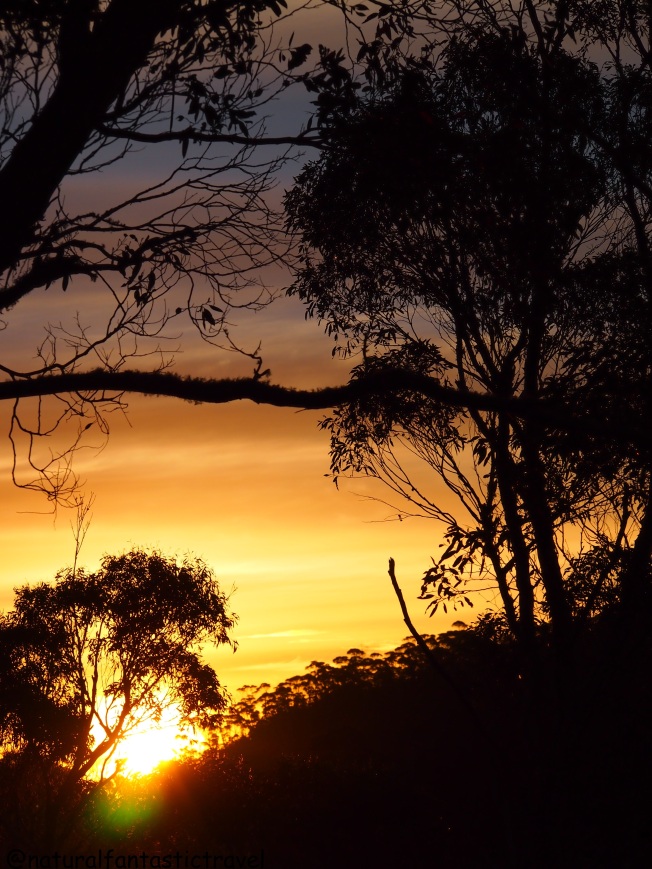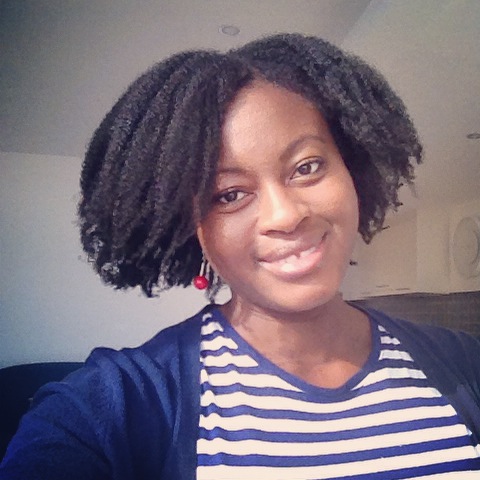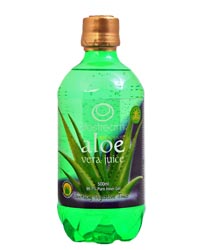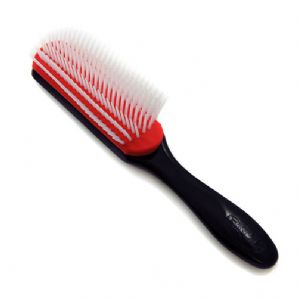Two strand twists are a staple style in the natural hair community and can be suitable for different hair lengths. Here are the benefits I have found by regularly styling my hair in this way. Putting your hair in two strand twists does not have to result in you looking like Celie in the color purple, or looking like a school girl. They can be both glamorous as well as practical. Here are six benefits:
Two strand twists are a great protective style
Styling your hair in this way is basically putting it away. There’s not much manipulation (if any) required, once this style is complete. Two strand twists are an excellent style for meeting your hair growth goals. It is very satisfying to see how much length has been retained once the twists are taken down. Even if you decide to wear your twists down, rather than pinning them up into an updo, you will at least be using a low manipulation style. Tucking your ends away will fully protect them and lead to even more length retention.
They are convenient
Although the initial installation of the twists can be time consuming, two strand twists save you time in the mornings. If you have a busy lifestyle and don’t have time to be styling your hair regularly, try two strand twists. If done with the best method, they can last at least two weeks. They also work well for people who work out regularly as they hold up pretty well compared to styles that involve maintaining curls such as braid outs or twist outs. When they start to look a little messy you can easily redo the front twists, rather than taking them all out and starting from scratch. They are also a practical style to do when going on holiday.
It is easier to moisturize your hair in two strand twists
To moisturize, simply spray lightly with water or a leave in conditioner and seal with a natural oil. Your hair is completely accessible with twists and you don’t have to worry about ruining the style. With other protective styles such as weaves and glued on wigs, your hair simply isn’t accessible. Any slight moisture with a twist-out can cause frizz and compromise the longevity of the style. This is not the case with two strand twists. Any frizz created is nothing that some water, aloe vera juice and a satin scarf couldn’t fix.
Two strand twists are very versatile
While your hair is in two strand twists, you can still enjoy many styles. They can be causal, formal, intricate and original. Leave the twists down or pin them up into an updo. Combine the twists with flat twists or install them loosely for volume. They can be done large, medium or small, depending on your preference and how long you want to spend installing them. I enjoy wearing my twists in a bun, using a sock bun or pinning them to the side to create a low side ponytail. You can also try different decorative accessories, like flower clips and stylist head bands. Here are just some variations of two strand twists you can try.
- Loose two strand twists
- Twisted side bun
This is one of my favourite two strand twist styles. I like to accessorize it with a large flower clip. I also adapted this style to create a low side jumbo braid.
- Intricate updos
They create a great twist-out at the end of the week
If you have an event to go to, simply take them out gently and you will have a great twist-out. Smaller twists create more definition and larger ones more volume. You could leave your twists in during the week then take them down for the weekend. They don’t have to stop you from enjoying your hair, quite the opposite in fact.
They are relatively easy to maintain
As mentioned before, If your twists start to look messy, simply redo the front ones that are visible. If you want to redo the whole head you can use your existing twists as a template. Re-twisting your existing twists saves you time sectioning and parting your hair all over again. You can extend the life of the style for as long as you choose to, or until your next wash day. Some people even wash their hair in the twists and simply re-twist. This is likely to reduce knots and tangles and make the hair easier to manage during washing.
Here are a few quick tips for maintaining your twists.
- Keep your edges neat by spraying them lightly with water and putting your satin scarf on firmly. After 10-15 minutes your edges should be laid flat and neat.
- Use aloe vera juice to banish frizz. The Ph level of aloe vera causes the hair cuticles to lay flat on contact. The result is less frizz and more shine. You can use aloe vera gel on your edges or lightly spray the juice all over your twists.
- Use a rat-tail comb to part your hair neatly when installing the twists. This will help them appear neat for longer.
- It is easier to install them on stretched hair as well, especially if you want length. You can stretch your hair using a blow dryer (try the tension method) or a heatless method.
- If your twists start to shrink and you want your length back, wrap your twists at night. This is done in the same way relaxed hair is wrapped. Take a few twist at a time and wrap them in one direction around your head and pin down.
Do you wear two strand twists? Share your styling tips below.








